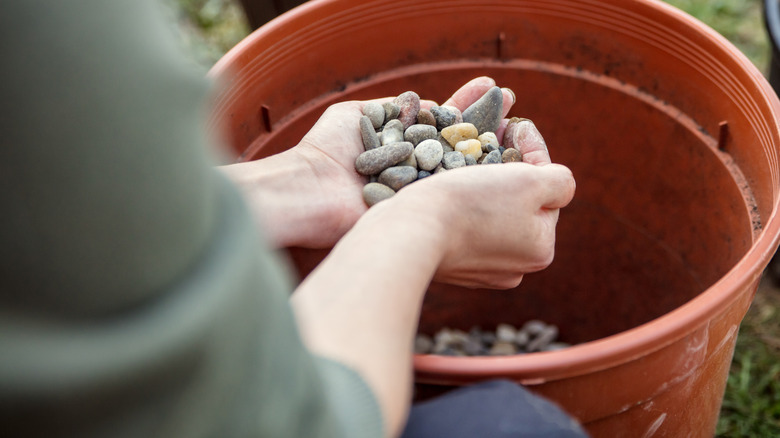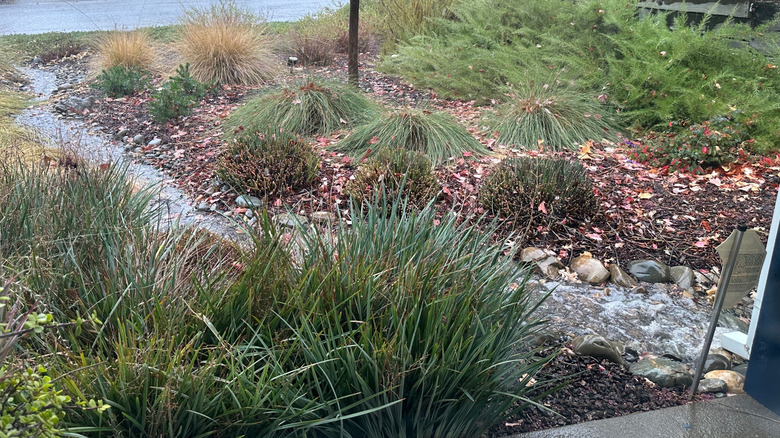Why Rocks And Gravel Are The Perfect Choice For Your Yard's Drainage
The sounds of a good rainstorm are often soothing, but finding post-storm puddles around your home can cause huge headaches. While gravity tends to keep water moving by pulling it downhill, water will often pool at the bottom of downspouts, especially if the soil is too dense or if your property slopes toward your house instead of away from it. This poor drainage could cause soil erosion, encourage the spread of fungal disease in your yard, and even lead to signs there is a problem with your home's foundation like cracks in the walls or water in your basement. A dry creek bed is an easy, attractive drainage solution that uses a base of gravel topped by decorative river rocks to help get your water issues under control and relocate these puddles of water, improving drainage in your yard.
Gravel is ideal for drainage projects because it is naturally porous. These small rocks have pockets of space between them, which essentially creates a sort of drainage highway that keeps water moving, reducing soil erosion and helping to keep the rest of your dry creek bed firmly in place. The bigger the rocks, the bigger the pockets between the pebbles and the faster the water will be able to move. River rocks, a type of gravel, are a particularly good choice for dry creek beds because they come in a variety of sizes, colors, and textures, allowing you to customize not only the speed of the water flow but the aesthetic of your project.
Using rocks and gravel to create a dry creek bed
To build a creek bed, you'll first want to dig a trench about 3 feet wide and 18 inches deep that starts at the bottom of your downspout and slopes away from your home's foundation. It's essential to properly grade your yard to protect your foundation from water damage. Remember, water likes gravity, so your trench should ideally have a slope of 2%. The overall length of your trench will depend on how far you need to move the water and if it runs in a straight line or meanders to imitate a natural creek.
Once you are done digging, lay down a landscape fabric to prevent weeds from cropping up. Then, put down a ½-inch to 1-inch base layer of gravel or crushed rocks and add river rocks and pebbles on top of the gravel. Start with some that are 4 to 8 inches in diameter and mix in a few larger rocks — 12 to 18 inches – for added visual interest. Since nature is rarely uniform, a combination of shapes, sizes, and colors adds a certain this-has-always-been-here aesthetic to your yard's dry creek bed. And that's it! This DIY project is a beautiful way to direct the water in your yard exactly where you want it — and far away from where you don't.

